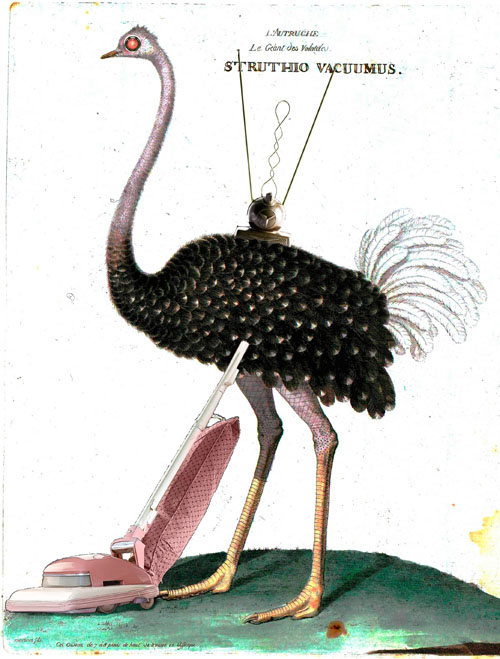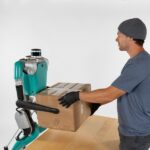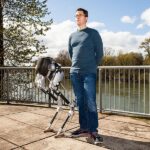BY LINDA BAKER
Studying ground-running birds, a group that ranks among nature’s speediest and most agile bipedal runners, to build a faster robot.
BY LINDA BAKER
Nike biomechanics experts study the human body so the company can design shoes that help people run faster. Jonathan Hurst, an Oregon State University engineering professor, is also analyzing body mechanics and gait. But instead of humans, Hurst is studying ground-running birds, a group that ranks among nature’s speediest and most agile bipedal runners. His goal? To build a better, faster robot.
An initial experiment yielded unexpected results: Hurst and his team found that five species of birds, from tiny quails to 200-pound ostriches, use the exact same strategy to negotiate obstacles while running. “They use a motion that is about a 35% crouch when they get on top of the obstacle and about a 65% vault to get onto the obstacle and down the other side,” says Hurst. Big birds or small, this tactic is universal, he says. “We’ve settled on a law of nature.”
Hurst, who collaborated with the Royal Veterinary College in London — where imprinted birds raised from birth take daily jogs with their trainers — hopes to code this motion into “legged” robots. In the next few decades, he says, robots will outperform humans in their ability to perform myriad tasks, from housecleaning to search-and-rescue operations. For now, Hurst says, his team is continuing to unpack the physics of ground-running birds. “We’re trying to solve a problem: How do you do legged locomotion?”
What about the Nike approach to creating more efficient runners? For obvious reasons, Hurst says, the shoe giant focuses on human foot anatomy. “I don’t know that human feet are the best way to build a robot to run.”




